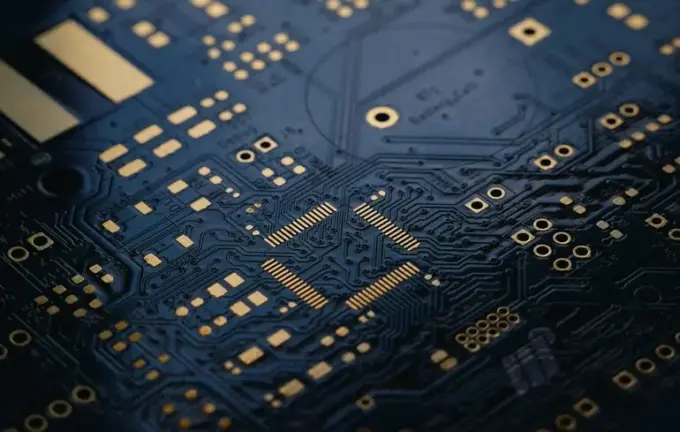Chinese Scientists Develop Groundbreaking Analog Chip That Is a Thousand Times Faster Than Modern Nvidia Processors

Chinese engineers from Beijing University have achieved a breakthrough in computing technology by creating a new analog processor that surpasses all existing digital counterparts in speed.
This unique chip is capable of operating a thousand times faster than the most powerful Nvidia H100 and AMD Vega 20 graphics processors, opening a new chapter in artificial intelligence and sixth-generation wireless networks development.According to research published in the journal Nature Electronics, this chip is based on resistive random-access memory (RRAM), which overcomes the main issues of analog computing—low precision and scalability challenges—while providing extraordinary performance and energy efficiency.
Scientists report that their technology can perform complex calculations with a precision comparable to digital processors, yet consumes 100 times less energy.Most notably, this analog chip demonstrated exceptional results in solving complex communication problems, such as matrix inversions used in MIMO systems for wireless networks.
Its architecture allowed achieving productivity 1000 times greater than Nvidia H100 and AMD Vega 20, representing a major leap in computing capabilities.
For comparison, Nvidia H100 processors are currently the backbone for training large language models like ChatGPT.The device employs an analog technology that processes continuous electrical signals instead of binary ones, enabling the handling of vast data volumes without significant energy loss.
This architecture can potentially provide 1000 times higher throughput and 100 times better energy efficiency while maintaining the high accuracy needed for scientific and industrial computations.Developers emphasize that this technological breakthrough could radically change the approach to computing, providing the foundation for a new generation of energy-efficient, high-performance processors.
The development uses commercial manufacturing processes, which signals the possibility of large-scale deployment soon.
The next step involves creating more complex integrated analog chips capable of tackling even more challenging AI and telecommunication tasks.This advancement signifies a potential revolution in analog computing technologies, which have a history dating back over two millennia, from ancient mechanical devices to the first electronic computers of the 20th century.
Currently, the Chinese chip and its architecture could reshape the future of high-speed, low-energy computational hardware, especially amid ongoing geopolitical tensions, as China restricts local companies from using foreign AI chips, such as Nvidia’s RTX Pro 6000D, in line with its strategic sovereignty policies.

